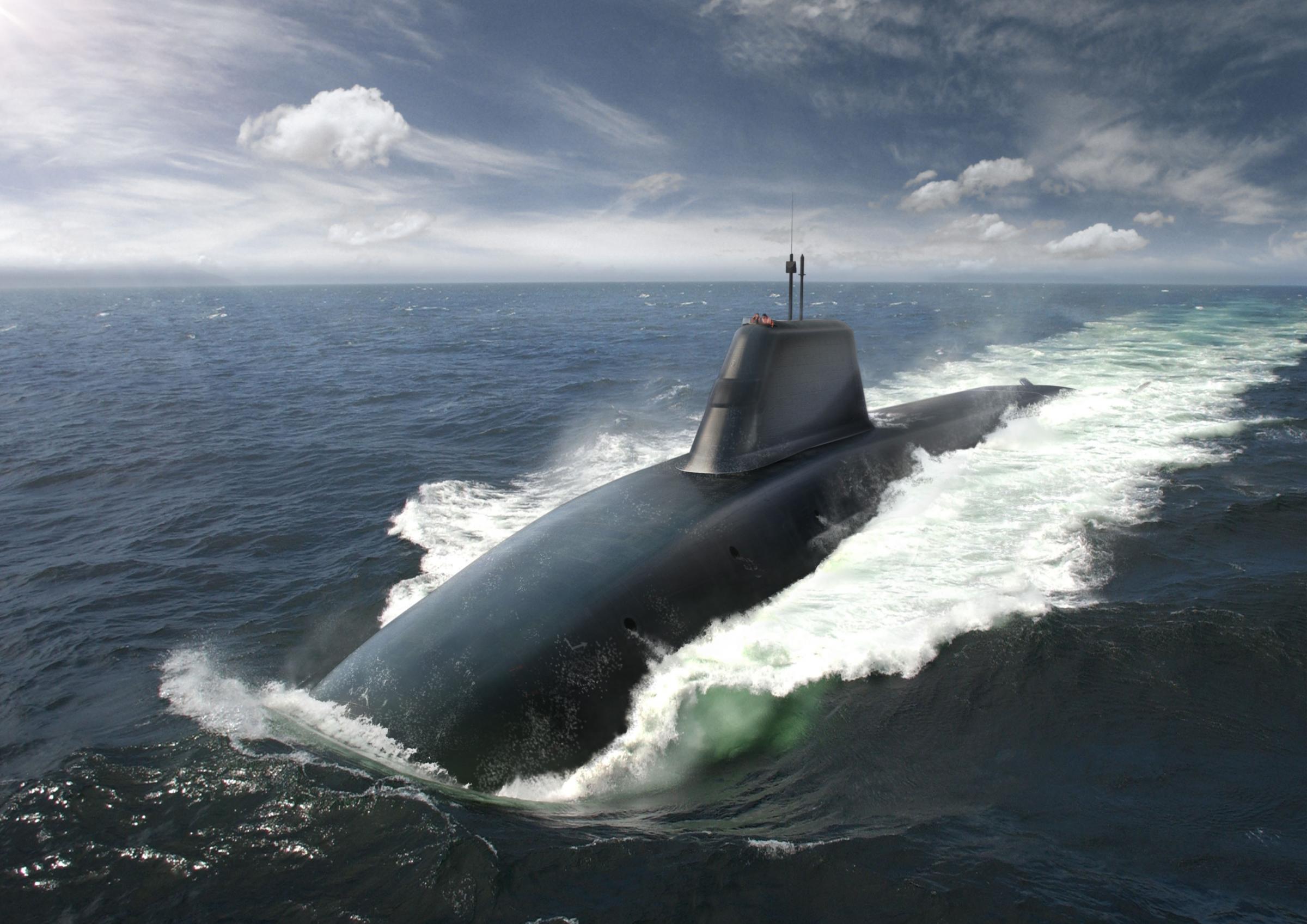
THE Campaign for Nuclear Disarmament (CND) in Scotland has criticised the UK Government after it revealed a new investment of more than £2 billion in nuclear submarines.
The money is part of a larger £10bn set to go towards the Dreadnaught programme.
Scottish CND vice-chair Janet Fenton said: “At a time of austerity, the UK Government's colossal expenditure on the replacement and upgrading of their weapons system is particularly shocking and offensive.
“Our own government is totally opposed to all nuclear weapons and would prefer to sign the UN Treaty on The Prohibition of Nuclear Weapons, and help to eliminate them from the world.”
An additional £160 million is being spent on training the teams aboard the new submarines at the Faslane navel base, but Fenton says “even if they only cost tuppence, the inherent wickedness and immorality of any nuclear weapons puts the whole system beyond the pale".
The four new HMS Dreadnaught submarines are set to replace those that currently provide continuous-at-sea deterrent from HM Naval Base Clyde (Faslane), through the UK’s Trident nuclear missile system.
The Ministry of Defence (MoD) say the nuclear-armed vessels will be based near Glasgow "for as long as the international security situation makes it necessary”, with the four new UK-built submarines to be staffed and ready to sail by the 2030s and expected to last close to 30 years.
Dreadnaught submarines will maintain the Continuous at Sea Deterrence, which is the longest-running military operation in UK history, with at least one nuclear-armed submarine at sea since 1969.
Jeremy Quin, Defence Procurement Minister, said earlier this week: “The Dreadnought Class will be crucial to maintaining and safeguarding our national security, with the nuclear deterrent protecting every UK citizen from the most extreme threats, every minute of every day.”
The £10bn contract is part of ongoing work between the UK Government, BAE Systems and Rolls-Royce, who have been involved in the previous development and construction phases of the Dreadnaught programme.
The initial investment announced of £2bn is specifically so that the first of four submarines can begin sea trials, and move from the Barrow-in-Furness shipyard in Cumbria to HM Naval Base Clyde 40-miles outside of Glasgow.
Admiral Sir Ben Key, First Sea Lord, said: “This investment will enable the transition from the Vanguard to Dreadnought-class submarines – an enormous challenge, and one we in the Royal Navy willingly accept.
“We have provided over 50 years of unbroken Continuous At Sea Deterrence and we will ensure that the Royal Navy provides the ultimate guarantee of security for the United Kingdom for the next five decades and beyond.”







